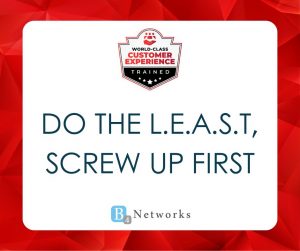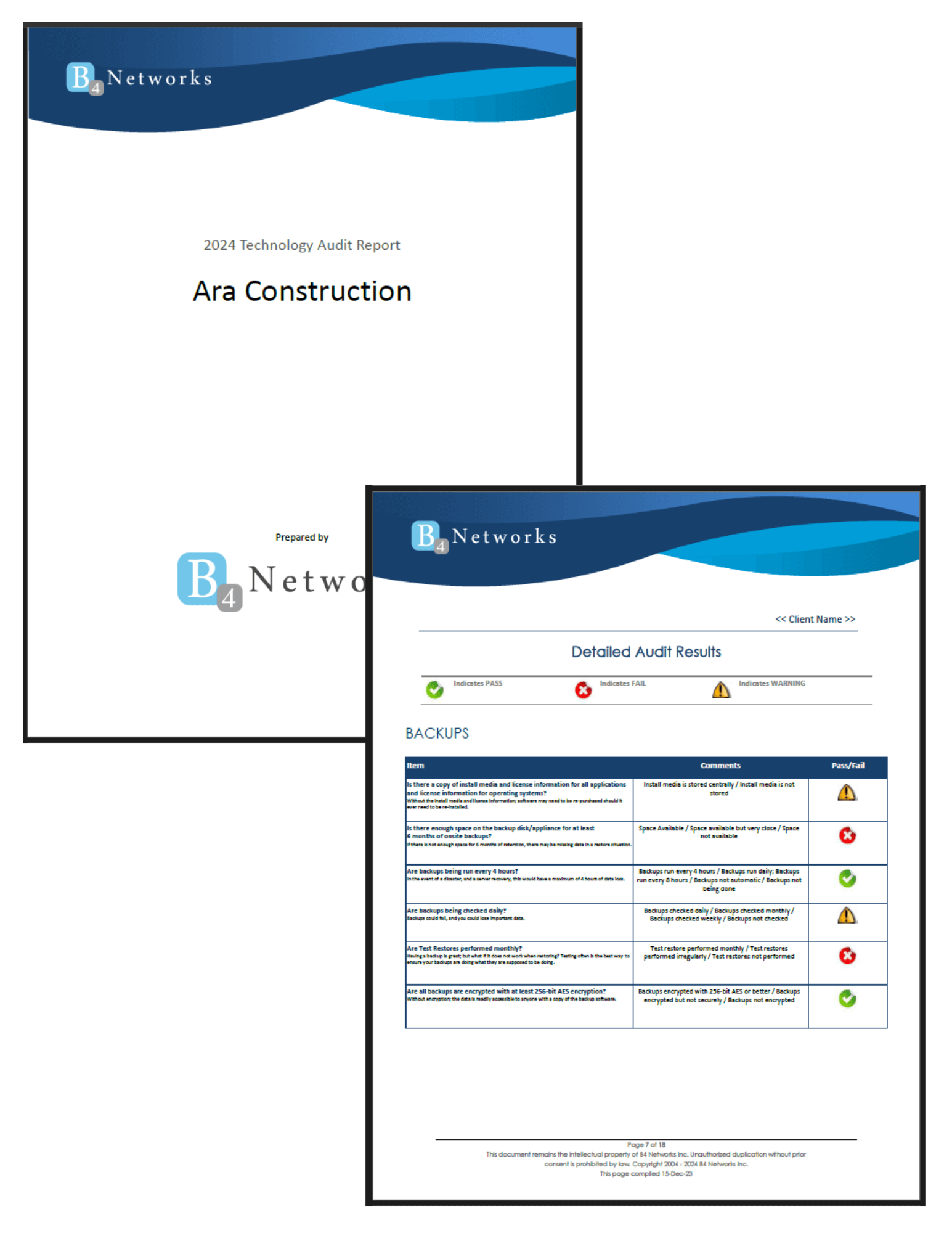 There is a list of tactics we can use to improve in all facets of what we do as it relates to customer eXperience, let’s start with “Do the LEAST” – and no, not literally. It’s an acronym that can be very helpful.
There is a list of tactics we can use to improve in all facets of what we do as it relates to customer eXperience, let’s start with “Do the LEAST” – and no, not literally. It’s an acronym that can be very helpful.
L – Listen
E – Empathize
A – Apologize
S – Solve
T – Thank
First, we need to listen. And not to respond, not to guess what is coming next in someone’s thought process, but to simply listen. Gather the information without any expectations that it should be different. Leave space for silence and for the other person to provide information on their time and terms.
Second, we empathize. Let the other person know that you understand in one way or another their frustrations. This is exceedingly important when someone might seem embarrassed about how they “should have known” or that they may have made a mistake. A simple “I only just learned this recently” can go a long way to communicate that you’re also human and flawed and that you’re still on your quest for knowledge.
Third, we apologize. Not only in the sense of when we are taking responsibility for what happened, but that you’re sorry it’s something they are struggling with right now. Try using “I’m sorry that this has been plaguing you, let me get someone on this right away.”
Fourth, we solve. This is when you can offer solutions, let someone know that it is fixable or that you know just the person for the job. Whether the person is you or someone else, always try to let the client know that you are going to find, or have found, the best person for a solution.
Fifth and finally, we thank. Thank the person for their time, ask if there is anything else you can do. Often, we expect folks to be the ones thanking us, and we've found this gesture to be very meaningful! There are a few ways you can thank someone in an interaction like this. We are a big fan of “thank you for your time” and “thank you for providing so much information, this will surely help our team!”
Now let’s move on to screw up first... What does it mean to screw up first?
Simply put, there is a loyalty that comes from how you handle mistakes. Of course, we would prefer to never make a mistake at all, but when we do, we want to make sure that how we bounce back increases that relationship and trust with the client.
Rather than this saying being about choosing to do something wrong, try to look at it as an opportunity to repair anything we don’t nail on the first try. One of the ways we do this routinely is to create problem tickets and have our Proactive team investigate long-term solutions to reoccurring problems.
Here is an example of a way you can use LEAST when dealing with your next client:
Yesterday, John was at Bob’s Carrot Emporium for a deploy but he forgot to install a program on the workstation. John calls up Bob from Bob’s Carrot Emporium and says, “Hey buddy, I forgot to install a program on that new device. I need to remote into your device right now, so I don’t get in trouble from my bosses.”
VS.
John calling up Bob and saying “Hey Bob, sorry to bother you, I appreciate your time. I realized that I missed the installation of a program on your new device. What time works for you so that I can remote in and complete that?”
The less we interrupt our client’s day and the more accountability we take, the better our chance of repairing a mistake while also building trust.



